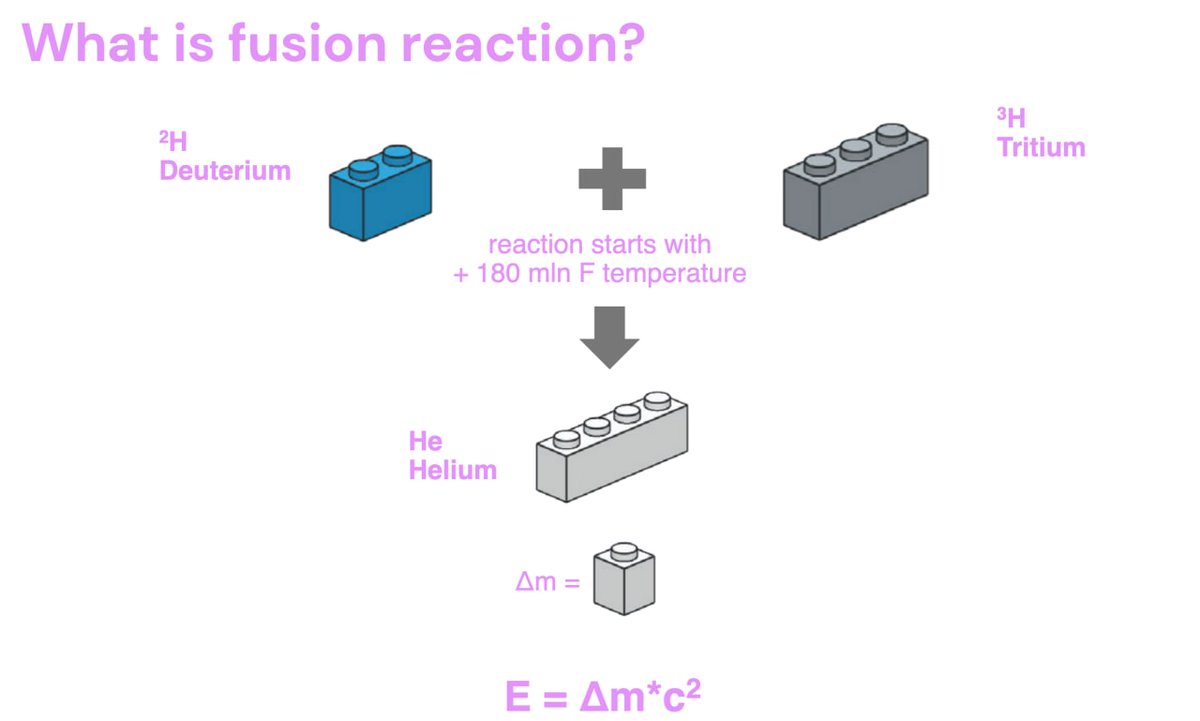
Great workshop👍👍👍
With insights from R. J. Hawryluk and @ScottCHsu
With insights from R. J. Hawryluk and @ScottCHsu
https://twitter.com/theNASEM/status/1625526645099577345
US realized high competition with @UKAEAofficial 

“As the technology continues to mature, there will be a point where private investors feel that they must be invested in fusion, and I feel like we’re starting to reach that inflection point,”
@ScottCHsu
forbes.com/sites/jeffmcma…
@ScottCHsu
forbes.com/sites/jeffmcma…
That 2021 surge may be a precursor for investments to come if mainstream investors decide to jump into fusion
UK leads public spending on #FusionEnergy and the recent surge in investment came from investors around the globe, but according to @ScottCHsu, about 80% of it went to U.S. companies🙀🙀🙀
• • •
Missing some Tweet in this thread? You can try to
force a refresh
















